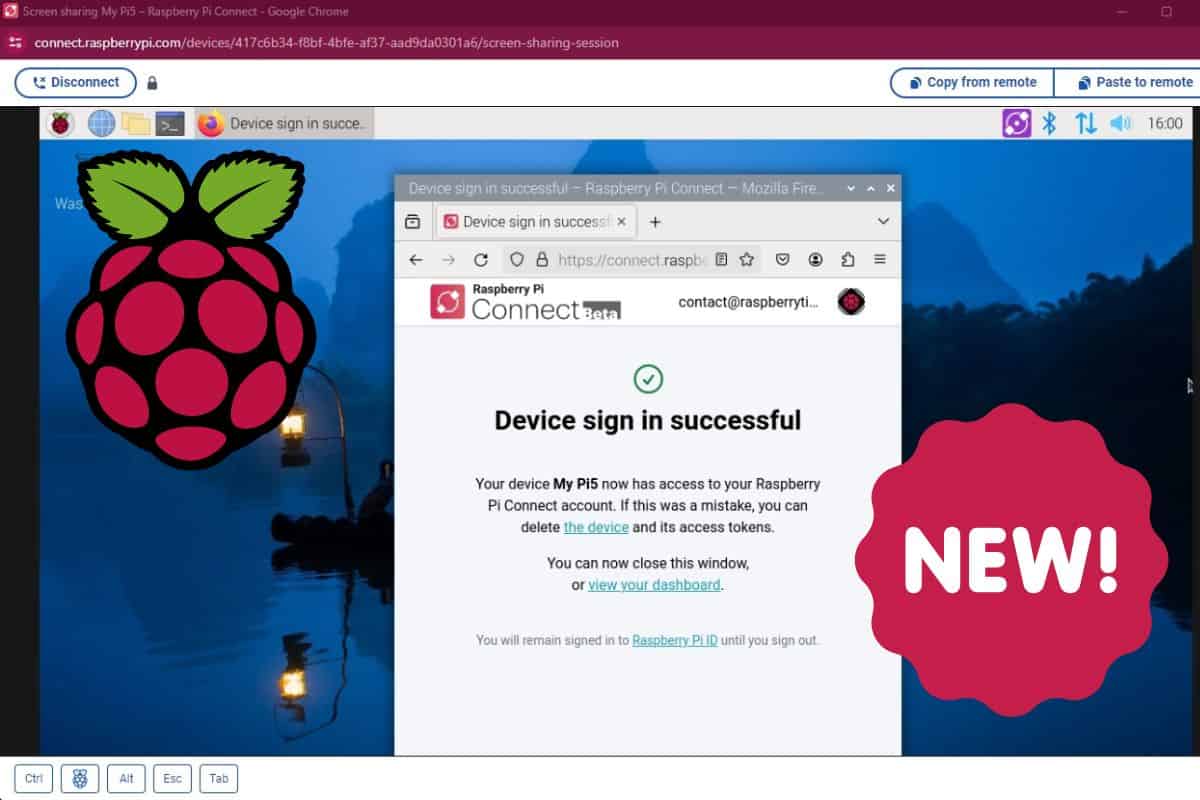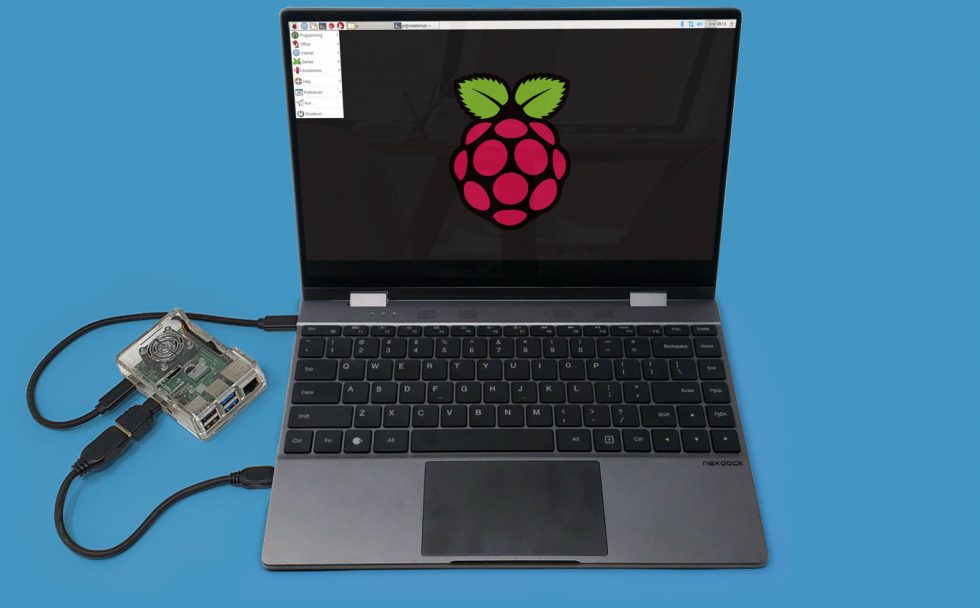Imagine this: You're sitting on a beach in Thailand, sipping a cold drink, but you still want to access your Raspberry Pi back home in the U.S. Sounds impossible? Not anymore! Connecting to your Raspberry Pi from anywhere in the world has never been easier. Whether you're a tech enthusiast, a remote worker, or just someone who loves tinkering with gadgets, this guide will show you exactly how to do it. So buckle up, because we're about to dive into the world of remote Raspberry Pi connections.
But first, let's talk about why you'd even want to connect to a Raspberry Pi remotely. Maybe you're running a home server, monitoring security cameras, or managing IoT devices. Whatever the reason, being able to access your Pi from anywhere gives you ultimate flexibility and control. And don't worry, we'll make sure it's secure, so no one else can sneak into your setup.
In this article, we'll cover everything you need to know about connecting to your Raspberry Pi remotely. From setting up SSH to using third-party services, we've got you covered. So whether you're a beginner or an advanced user, there's something here for everyone. Let's get started!
Read also:Susan Deixler The Woman Who Turned Passion Into Purpose
Table of Contents
- Why Connect to Raspberry Pi from Anywhere?
- Prerequisites for Remote Access
- Setting Up SSH on Raspberry Pi
- Understanding Port Forwarding
- Using Dynamic DNS for Easy Access
- Third-Party Services for Remote Access
- Setting Up a VPN for Secure Connections
- Security Tips for Remote Connections
- Common Issues and Troubleshooting
- Conclusion: Take Your Pi Anywhere
Why Connect to Raspberry Pi from Anywhere?
Alright, let's break it down. Why would you want to connect to your Raspberry Pi from anywhere? Well, here's the thing: the Raspberry Pi is more than just a tiny computer. It's a powerhouse for all kinds of projects, from home automation to media servers. But what if you're not at home? What if you're traveling, working remotely, or just want to check on your setup while you're out?
Connecting remotely gives you the freedom to manage your projects from anywhere in the world. You can:
- Monitor and control IoT devices.
- Access files and data stored on your Pi.
- Run scripts and applications remotely.
- Check on security cameras or home surveillance systems.
And the best part? It's not as complicated as it sounds. With a few simple steps, you'll be up and running in no time. So, are you ready to take your Raspberry Pi to the next level?
Prerequisites for Remote Access
Before we dive into the nitty-gritty, let's make sure you have everything you need. Here's a quick checklist:
What You'll Need
- A Raspberry Pi (duh!). Preferably one with a stable internet connection.
- An SSH client (we'll cover this later).
- A router with port forwarding capabilities.
- A dynamic DNS service (optional but recommended).
- A basic understanding of networking concepts (don't worry, we'll explain everything).
Got all that? Great! Now let's move on to the fun part.
Setting Up SSH on Raspberry Pi
SSH, or Secure Shell, is your best friend when it comes to remote access. It allows you to connect to your Raspberry Pi securely from anywhere in the world. Here's how you set it up:
Read also:Who Was Kenny Chesney Married To Unveiling The Love Life Of Country Musics King
Step 1: Enable SSH on your Raspberry Pi. You can do this by running the following command in the terminal:
sudo raspi-config
Step 2: Navigate to "Interfacing Options" and enable SSH. It's that simple!
Step 3: Find your Pi's local IP address. You can do this by running:
hostname -I
Now you're ready to connect locally. But what about connecting from anywhere? Keep reading!
Understanding Port Forwarding
Port forwarding is like giving your Raspberry Pi a front-row seat on the internet. It allows external devices to connect to your Pi by forwarding traffic from your router to your Pi's local IP address.
Here's how you set it up:
- Log in to your router's admin panel.
- Find the port forwarding section (it might be under "Advanced" settings).
- Create a new rule and forward port 22 (the default SSH port) to your Pi's local IP address.
Once you've done that, you should be able to connect to your Pi using your public IP address. But hold on, there's one more thing you need to consider...
Using Dynamic DNS for Easy Access
Public IP addresses can change, which makes it tricky to connect to your Pi consistently. That's where Dynamic DNS (DDNS) comes in. DDNS services assign a static domain name to your changing IP address, making it easier to connect.
Here are a few popular DDNS services:
- No-IP
- DuckDNS
- FreeDNS
Most of these services offer free plans, so you don't have to break the bank. Just sign up, set up the client on your Pi, and you're good to go.
Third-Party Services for Remote Access
Not a fan of messing with ports and DNS? No problem. There are plenty of third-party services that make remote access a breeze. Here are a few options:
Ngrok
Ngrok is a popular tool that creates a secure tunnel to your Raspberry Pi. It's super easy to set up and works like a charm. Just download the binary, run it, and you're ready to go.
TeamViewer
TeamViewer is another great option. It allows you to access your Pi's desktop remotely, which is perfect for GUI-based projects. Plus, it's free for personal use.
There are plenty of other services out there, so take your pick. Just make sure to choose one that fits your needs and budget.
Setting Up a VPN for Secure Connections
If security is your top priority, consider setting up a VPN. A VPN encrypts your connection, making it much harder for hackers to intercept your data. Here's how you do it:
- Choose a reliable VPN provider (like NordVPN or ProtonVPN).
- Install the VPN client on your Raspberry Pi.
- Connect to the VPN and test your connection.
While this adds an extra layer of security, it might also add a bit of complexity. But hey, better safe than sorry, right?
Security Tips for Remote Connections
Now that you know how to connect to your Raspberry Pi remotely, let's talk about security. Here are a few tips to keep your setup safe:
- Change the default SSH port (22) to something less common.
- Use strong passwords or, even better, SSH keys for authentication.
- Enable a firewall to block unwanted traffic.
- Keep your Pi's software up to date.
By following these tips, you'll significantly reduce the risk of unauthorized access. Remember, security is key when it comes to remote connections.
Common Issues and Troubleshooting
Even the best-laid plans can go awry. Here are a few common issues you might encounter and how to fix them:
Can't Connect via SSH?
Check your Pi's IP address and make sure SSH is enabled. Also, verify that port forwarding is set up correctly on your router.
Dynamic DNS Not Working?
Make sure the DDNS client is running on your Pi and that your router supports DDNS. Sometimes, a simple reboot can fix the issue.
Slow Connection?
Check your internet speed and make sure there are no firewalls blocking your connection. If you're using a VPN, try switching to a server closer to your location.
If none of these solutions work, don't panic. Just take a deep breath and go through the setup process again. You'll get there!
Conclusion: Take Your Pi Anywhere
And there you have it! With these steps, you should now be able to connect to your Raspberry Pi from anywhere in the world. Whether you're managing a home server, monitoring security cameras, or just tinkering with your favorite projects, remote access gives you the flexibility to do it all.
Remember, security is key. Always use strong passwords, enable firewalls, and consider using a VPN for added protection. And don't forget to have fun! The Raspberry Pi is an amazing tool, and the possibilities are endless.
So what are you waiting for? Grab your Pi, follow this guide, and take your projects to the next level. And don't forget to share your experiences in the comments below. We'd love to hear how you're using your Raspberry Pi remotely!


